What are the types of primers and common applications for primers?
When decorating a home wall, you may encounter some problems such as wall paint easily absorbed, wall paint discoloration, and peeling or moldy. These problems are mostly caused by the excessively damp indoor environment. Brush the primer to solve the problem. What are the effects of the primer ? What are the types and applications of primers?

What are the effects of primer?
The role of the primer is 1, closed
Many indoor walls have strong alkalinity. It is prone to caustic soda in wet environments. This is what we often call pantothenics. Then we form protuberant or alkaline cream on the surface of the paint film and then destroy the paint film. At this time, a layer of latex paint can be applied to seal it and avoid contact with moisture. If you are in a dry environment or on a high floor, you can use it instead.
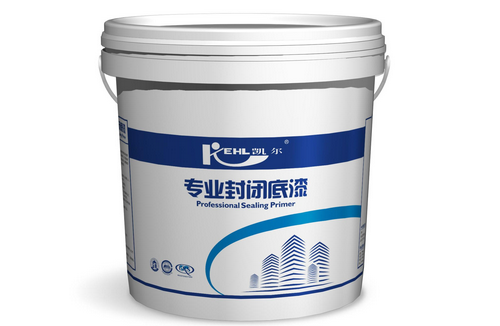
The role of primer 2 adhesion
And the primer contains a lot of emulsion, so it has a good, for the combination of latex paint and wall surface has a catalytic effect.
The role of primer 3, fill
Brushing a layer of primer on the wall can not only save a lot of decoration costs, but also has a good decorative effect, and the brushing is more smooth. It can fill the deficiencies of the putty layer and allow the topcoat to be painted. Easy, but also reduce the amount of topcoat.
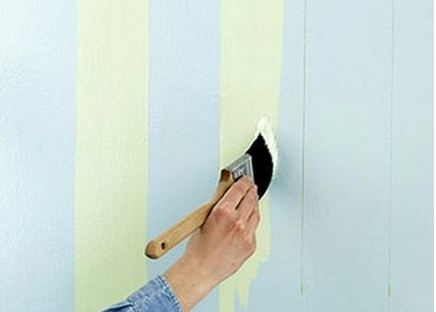
Second, the type of primer and common applications
1, iron red cathode electrophoresis primer
The anode electrophoretic primer has superior adhesion and corrosion resistance, and is mainly used for metal parts, especially the primers for steel products.
2, new metal anticorrosion primer
This type of primer is fast dry, has good adhesion, has good rust resistance, oil resistance, and corrosion resistance, and is the bottom coating of various automobile bodies, carriages and parts.
3, amino alkyd two primer
It belongs to the middle layer coating and is used on the well-built putty layer with a primer to fill the sand holes and lines of the putty layer.
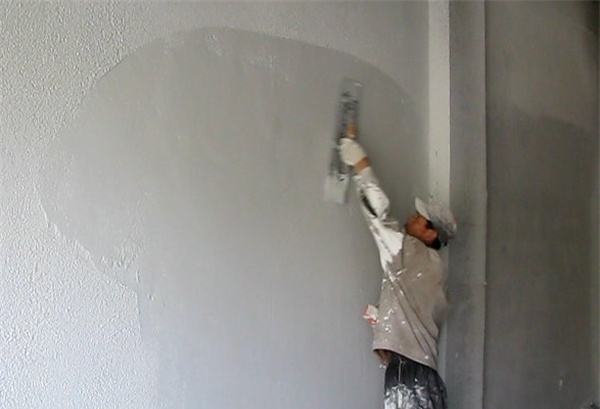
4, new wood closed primer
It is mainly used for wood closures, decoration and architectural coatings.
5, a new type of metal primer
It is mainly used as a metal primer. Like a new type of zinc-rich primer, it can be painted on the surface of the underwater metal parts of the ship for anti-corrosion and primer.
6, iron red alkyd resin primer
Can be evenly applied to the surface of steel as a rust-proof layer.
7, rubber alkyd primer
It is mainly used in brushing and spraying of treated metal surfaces.
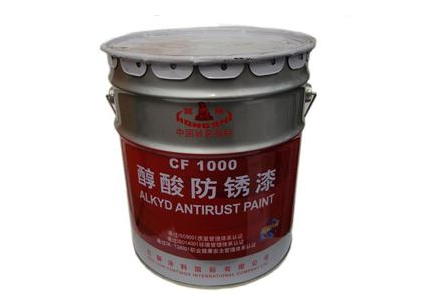
8, Zinc yellow polyurethane primer
It is an undercoating of industries such as railways, bridges and various metal equipment.
9, epoxy primer
This primer has a good resistance to salt spray, heat and humidity, mechanical properties, can be a good adhesion to the metal surface, is a high-quality anti-rust primer.
10, new asphalt ship primer
The new asphalt ship primer is mainly used in the manufacture of ships, suitable for the bottom of the underwater part of the ship, but also can be used as the isolation of the ship primer and asphalt antifouling paint.
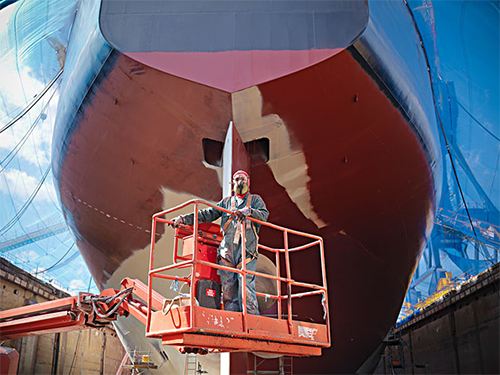
Editor's Note: The above is about the role of the primer and the primer types and common applications, I hope the Xiaobian share allows everyone to have a certain understanding of the primer, and then better use it. If you want to learn more about the relevant testing knowledge, you can pay attention to our website information.
The role of primer
Engineering Veneer is a thin sheet of wood, rotary cut, sliced or sawed from expensive natural wood. The Veneer is easy to be edge jointed and overlaid on Plywood , MDF , particleboard and so on. So, it can be used in fancy plywood, fancy MDF, fancy Blockboard and veneer faced Particle board.We have Natural Engineering Veneer and Engineering Fancy Veneer
Luli Group Co., Ltd, also supply engineered wood veneers with good quality and competitive pricing.
Advantages of using veneers:
Compared to wood, one of the primary advantages of using veneer is stability. While solid wood can be prone to warping and splitting, because veneer is made of thin layers of wood glued together, the chances of splitting or cracking are reduced. Further, the glue used provides additional strength, making the end result stronger than natural wood.
Usages of Veneer:
Used to cover the surface of plywood, MDF, chipboard, blockboard and so on.
Specification details:
Sizes: 1220mm x 2440mm, 1250mm x 2500mm or as your request
Thickness: From 0.15mm to 0.6mm or as per request
Species: Okoume, Bintangor, Terminalia, Red hardwood, etc.
Grade available: A/A, A/B, B/B
Cutting way: Rotary cutting
Engineering Veneer
Engineering Veneer,Natural Engineering Veneer,Engineering Fancy Veneer,Engineered Wood Veneer
Luli Group Co.,Ltd. , https://www.cnluli.com